Health exams for: #AGEGROUP#
The following exams, tests, and procedures are recommended for #AGEGROUPLOWER#.#FEMALETEXT#
Select a link from the list below to learn how and why each test is performed, as well how to prepare for it.

The following exams, tests, and procedures are recommended for #AGEGROUPLOWER#.#FEMALETEXT#
Select a link from the list below to learn how and why each test is performed, as well how to prepare for it.
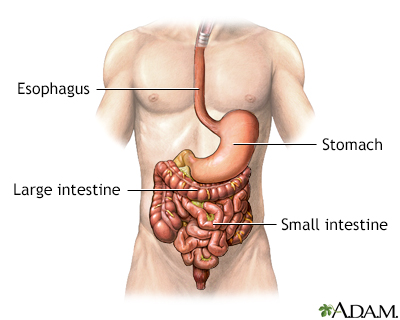
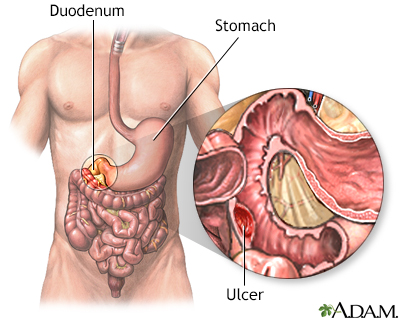
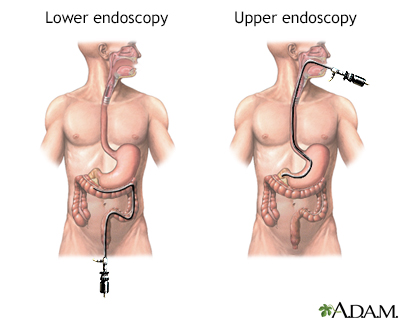
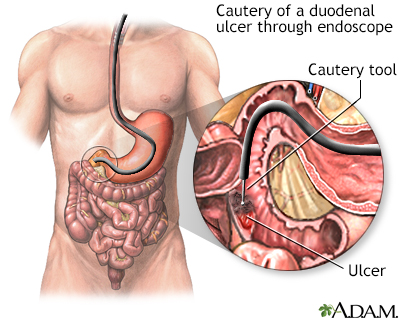
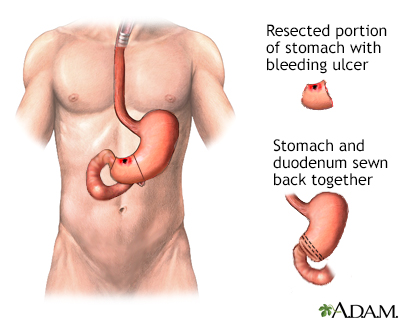
The gastrointestinal tract starts at the mouth, which leads to the esophagus, stomach, small intestine, colon, and finally, the rectum and anus. The GI tract is a long, hollow, muscular tube through which food passes, nutrients are absorbed, and wastes are eliminated.
The gastrointestinal tract starts at the mouth, which leads to the esophagus, stomach, small intestine, colon, and finally, the rectum and anus. The ...
Bleeding from the GI tract is a common medical problem. Patients usually notice either dark red blood or bright red blood in their stool. Ulcers of the stomach and duodenum are common causes of bleeding from the upper GI tract. Bleeding can also occur in the lower GI tract (colon). Diverticular bleeding is a common cause of lower GI bleeding.
Bleeding from the GI tract is a common medical problem. Patients usually notice either dark red blood or bright red blood in their stool. Ulcers of t...
The first step in the treatment of GI bleeding is to locate the source of the bleeding. Patients who have lost significant amounts of blood are transfused with blood. Next, an endoscopy is used to locate the source of the bleeding. Upper endoscopy is generally performed first, and if no bleeding source is located, then lower endoscopy is performed. During an endoscopy, the patient is usually sedated but awake.
The first step in the treatment of GI bleeding is to locate the source of the bleeding. Patients who have lost significant amounts of blood are trans...
In many cases, GI bleeding will stop on its own, with no treatment. In other cases, treatment can be provided with the endoscope, most often in the form of cautery (electrocoagulation) of the site of bleeding.
In many cases, GI bleeding will stop on its own, with no treatment. In other cases, treatment can be provided with the endoscope, most often in the f...
If the bleeding cannot be stopped using the endoscope, surgery may be required. The bleeding segment of intestine or stomach is removed. However, most cases of GI bleeding are managed successfully with endsocopy.
If the bleeding cannot be stopped using the endoscope, surgery may be required. The bleeding segment of intestine or stomach is removed. However, mos...
Review Date: 1/30/2023
Reviewed By: Michael M. Phillips, MD, Emeritus Professor of Medicine, The George Washington University School of Medicine, Washington, DC. Also reviewed by David C. Dugdale, MD, Medical Director, Brenda Conaway, Editorial Director, and the A.D.A.M. Editorial team.



